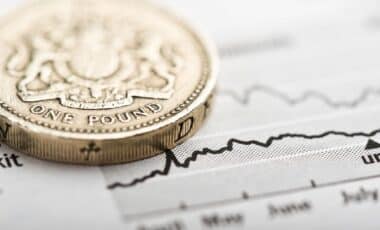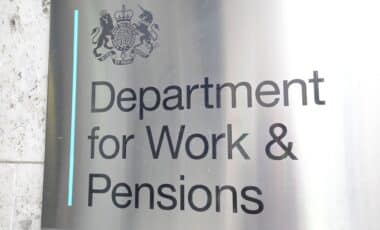UK pensioners may soon see a notable rise in their monthly income, with the full New State Pension potentially reaching nearly £1,000 each month.
This anticipated increase is driven by the government’s Triple Lock system, which ensures that pensions are adjusted annually based on the highest of three factors: inflation, earnings growth, or a fixed minimum increase of 2.5%.
The system is designed to provide financial protection for pensioners, but the final amount of the increase depends on several economic factors. According to DevonLive, the details of the upcoming uprating will be revealed in the coming months as more data becomes available.
What is the Triple Lock measure?
The Triple Lock system ensures that the State Pension rises each year according to the highest of three measures: the Consumer Price Index (CPI) inflation rate, earnings growth, or a minimum of 2.5%.
This means that UK pensioners can expect their pensions to increase in line with the highest of these figures, ensuring their income remains competitive against inflation and wage growth.
How does the increase affect pension payments?
Recent figures show that the full New State Pension currently stands at £230.25 per week, which translates to £921 every four-week period. If the pension is adjusted based on earnings growth (currently at 5.5%), this amount will rise to £242.90 per week, or £971.60 every four weeks.
This would result in an annual income of £12,630.80, up from £11,973. In April, the New State Pension increased by 4.7%, which is a key factor behind the current rates.
What about the Basic State Pension?
Those on the Basic State Pension will also see a rise. The current weekly payment is £176.45, equating to £705.80 every four weeks. With the predicted increase based on wage growth, this would rise to £186.25 per week, or £744.60 every four weeks, bringing the annual amount to £9,679.80, up from £9,175.40.
When will the final pension uprating be confirmed?
The final uprating for the State Pension will be confirmed during the Autumn Budget. However, pensioners can anticipate more clarity once the official Consumer Price Index (CPI) figure is released in mid-October.
The wage growth figure will likely be published in August, offering a clearer picture of the final increase. Projections for the 2026/27 State Pension uprating suggest that it may be determined by the earnings growth element, which currently stands at 5.5%, though this figure may fluctuate.
Tax considerations for pensioners
While the increase in the New and Basic State Pension is good news for pensioners, it could push more individuals into the tax bracket. For example, if the increase in pension payments exceeds the Personal Allowance of £12,570, pensioners could face tax deductions.
This is especially relevant for those with additional income streams, such as private pensions or earnings from other sources. Guidance on GOV.UK states: “You pay tax if your total annual income adds up to more than your Personal Allowance.”
If the pension rises as projected, the full New State Pension could exceed this threshold by nearly £79 in the 2027/28 financial year, reaching £12,578.80. This tax will only apply to income above the Personal Allowance, but it could still result in higher tax bills for some pensioners, particularly those with other income.
Pensioners should monitor their total income, including their state pension, any private pension income, and other taxable earnings, to assess if they will be liable for tax.









